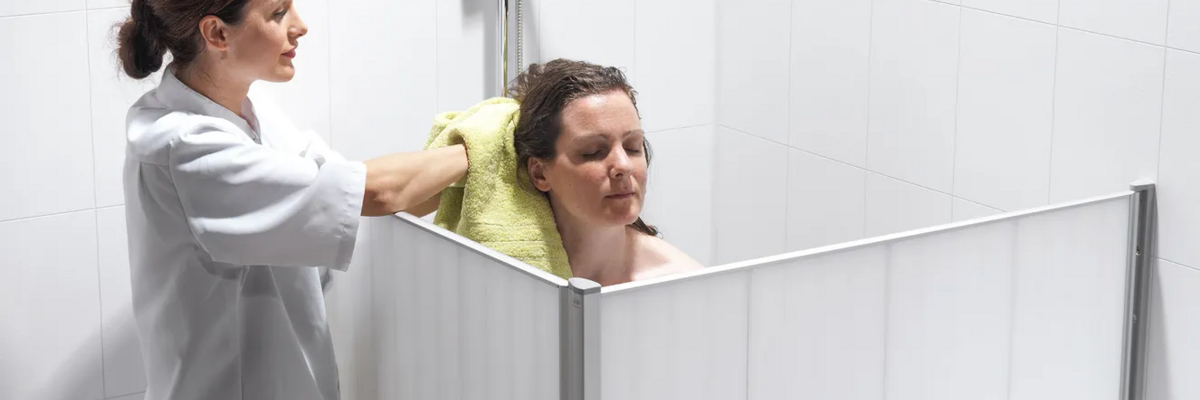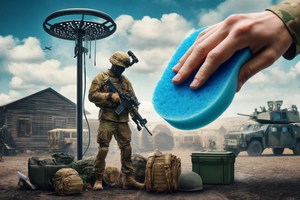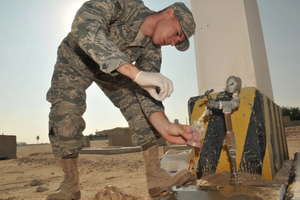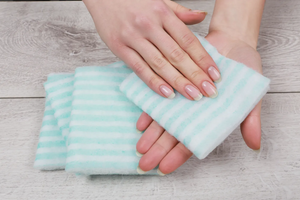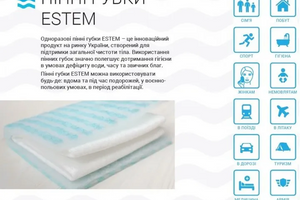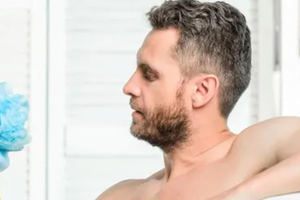Proper implementation of all measures will help to avoid complications from being constantly in bed. Therefore, washing the body and external organs not only promotes cleanliness, but is also a preventive measure against the formation of concomitant diseases of the skin and mucous membranes.
The patient's hygiene should be carried out with specialized products. The composition of each is important, because the skin condition of a bedridden patient deteriorates significantly. The epidermis becomes more vulnerable to pathological microorganisms. It lacks the necessary elasticity, firmness and strength to recover. Significant skin irritation with alkaline soap can lead to wounds.
In order to avoid fungal infections, diaper rash and pressure ulcers, it is necessary to:
- Wash your entire body and hair thoroughly at least once a week.
- Take care of your teeth, gums and oral cavity in the morning and evening.
- Hands should be washed before eating and wiped afterwards.
- Wash your face with a damp towel after waking up.
- Feet should be washed more often than the rest of the body because they sweat between the toes. Fungus can grow there.
- Genital washing should be done at least once a day if the patient can control the process of defecation. If diapers are worn, they should be washed at least with running water whenever necessary.
The patient's personal hygiene should maintain a neutral skin environment. These should be mild, odorless and dye-free products with antiseptic properties, but without bactericidal effects. The use of aggressive alcohol-based preparations can lead to disruption of the beneficial microflora. Such skin becomes vulnerable to many pathogens.
What is the useful hygiene of the patient?
A bedridden person should be washed with a soft sponge. It is important that it does not irritate the skin, but rather
- Brings the skin into tone, improving blood circulation in the upper layers of the epithelium;
- Removed old cells from the surface;
- Stabilized microcirculation, the skin is filled with moisture.
- Washing should take place in warm water. Very hot water leads to irritation, and cold water has a negative effect on the entire body. Wash your body gradually. After washing off the soap, each part of the body should be wiped dry. The water temperature should reach 35°C and the air temperature should be 25°C.
- Depending on a person's mobility, personal hygiene can take place in the bathroom or on the bed using inflatable devices. They come in different structures. The surface morphology is designed to support body parts.
- Separate containers are used for washing hair. It is convenient when there is a neckline on one side. It can be a usual basin or a rubber vessel, which is much more convenient for a weak person.

Personal hygiene of the patient and dry cleaning products
It is not always possible to serve a sick person in a certain way. It is even more difficult to wash a person for whom only minimal movements are allowed. We are talking about people with injuries, mental disorders, etc. For such people, it is appropriate to use disposable sponges with dry gel. After unpacking from the individual sachet, it is enough to immerse 40-50 g in a container of water. The sponge immediately begins to foam. The gel is safe for the human body and mucous membranes. It is enough to wipe off the foam with a dry towel. No additional water treatment is required. Since the gel mixture consists only of biologically active substances, residues on the body quickly become neutral and do not harm. Hygiene of the patient with the help of dermatological gel leaves the lipid film intact, while destroying excess fatty secretions and killing pathogenic flora. The pH remains neutral at 5.5.
The disposable shower can be used for several days in a row. The main thing is to follow the manufacturer's recommendations indicated on the package. Treatment of intimate areas is allowed. You can wash your hair with dry shampoos. They look like a bar of soap. It is enough to rub wet hair with the mixture and dry it with a towel. This approach saves a lot of time. It can be used in difficult conditions with limited access to light, heat, and water. It is not harmful to health with repeated use. However, bathing in water should still be present.
Oral hygiene of the patient
It is important to pay enough attention, even if the person is eating and breathing through a feeding tube. The absence of teeth requires frequent rinsing with a weak soda solution. Artificial jaws should be removed every day, rinsed with running water and a brush. The treatment of the oral cavity begins with a person sitting in a semi-recumbent position. A towel is placed on the chest and under the chin. Rinse with water and rinse aid.
Intimate hygiene of the patient
Morally the most difficult for both parties to the process. It requires maximum trust from both. In addition, one must be prepared for the patient to experience mental instability due to his or her own helplessness. In this case, emollients and drying agents are used. These are creams or powders. The person is placed on his or her back, legs are raised, bent at the knees, and a mat is placed under the feet to prevent slipping. Washing is performed from top to bottom. A separate sponge is used. After the procedure, a powder is applied to help avoid diaper rash. This is especially important for people who use diapers.










